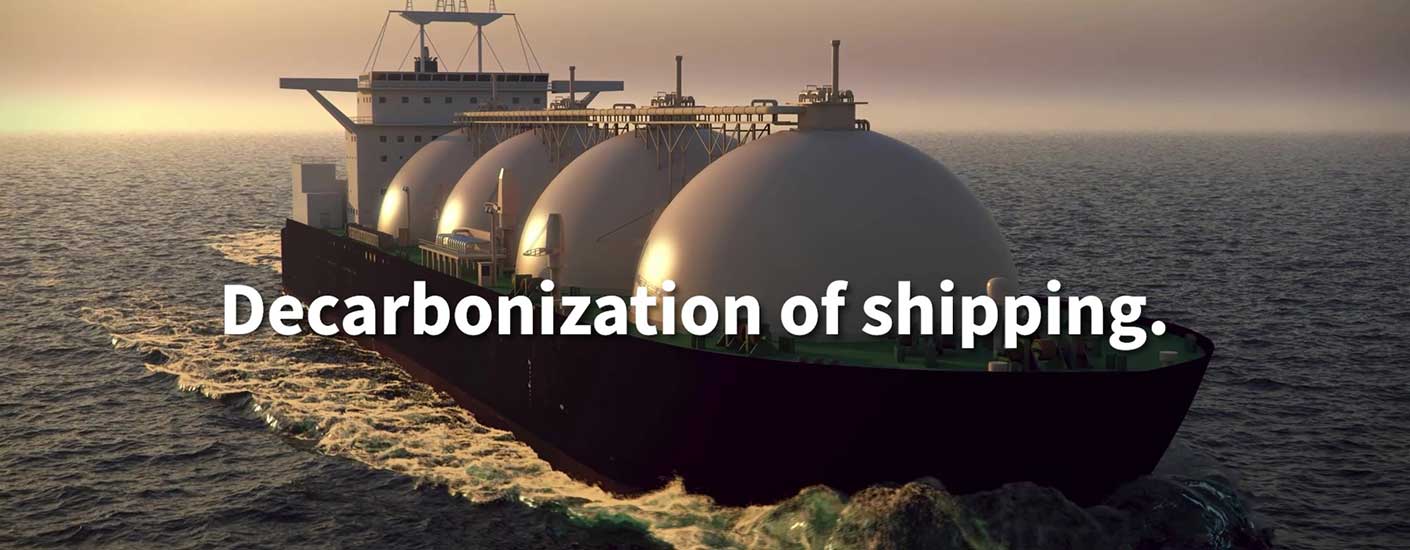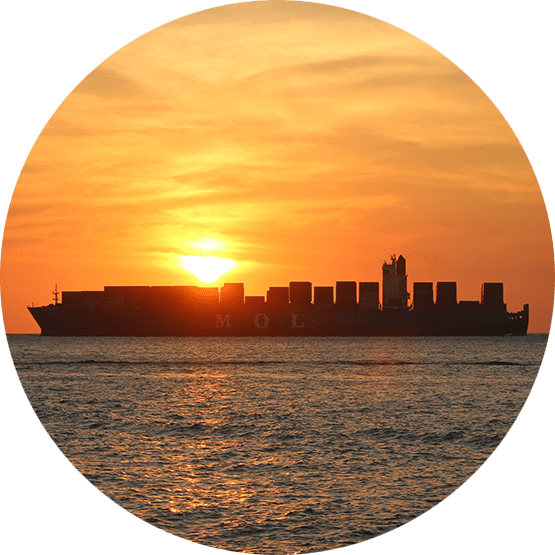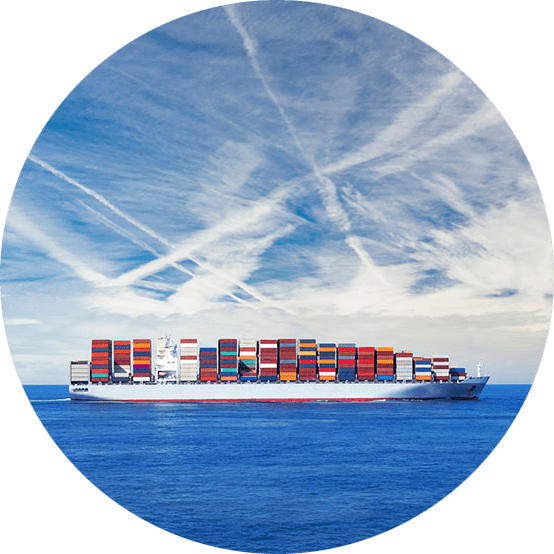
09 October 2020
28 November 2021
What does it take to decarbonize shipping? In our new perspective series, we dive into the issues from future marine fuels, alternative power solutions to regulatory options across the supply chain.
Today there are 90,000 ships in operation. They carry 80 percent of the world’s resources across the ocean, emitting almost one billion tonnes of greenhouse gasses each year. This is the equivalent of 13 million tanker trucks filled with gasoline. And if the sector continues to grow, emissions will increase by 250 percent in the next three decades.
The industry is looking to the future and taking steps to decarbonize. The goal is to reduce emissions by 50 percent by 2050.
But what will it take to decarbonize the shipping sector?

It’s anyone’s guess what the future low-carbon fuel for shipping will be. There being several options doesn’t make it any easier.
Bill Keesom explores the most promising low-carbon fuels in an effort to solve a dilemma in decarbonizing shipping.

Ports and related infrastructure need to be decarbonized as soon as possible. But how do we go about doing that?
In our latest article, we're illustrating key themes that will allow the industry to rise to the challenge.

What are the challenges of decarbonizing shipping? We try to answer this question to help the USD 14 trillion shipping industry meet its net-zero targets.
Listen to our host, Geeta Thakorlal, President, Information and Digital Delivery, Worley, as she delves into this topic with our panel of experts Daiva Seavey, Global Vice President, Transport, Logistics and Infrastructure, Advisian, Sandeep Jain, Global Vice President and Service Line Lead, Power, Advisian, and Dr Clare Anderson, Group Sustainability Lead at Worley.
